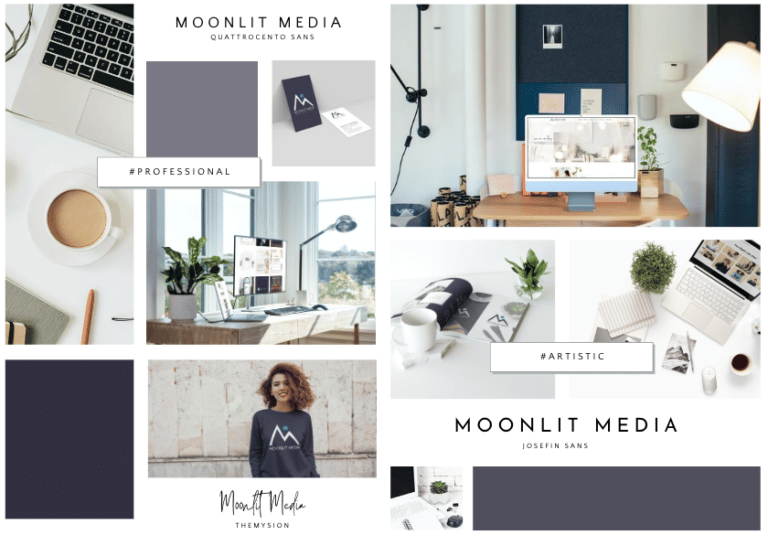In the world of marketing and design, every element plays a crucial role in shaping consumer perceptions and behavior. Among these elements, color stands out as one of the most powerful tools for businesses to capture attention, evoke emotions, and influence purchasing decisions. The psychology of color explores how different hues can elicit specific feelings and responses, allowing savvy businesses to leverage this knowledge to their advantage. In this blog post, we will delve into the fascinating world of color psychology and discuss how businesses can strategically use it to drive success.
The Science Behind Color Psychology
Color psychology is the study of how colors affect human behavior and emotions. Colors can evoke both physiological and psychological responses, making them a fundamental aspect of human communication and interaction. Different colors have been associated with various emotions, cultural meanings, and even evolutionary instincts, shaping our perceptions of the world around us.
1. Emotional Impact
Colors have the power to evoke a wide range of emotions, from tranquility and happiness to excitement and urgency. For instance:
- Red: Often associated with passion, energy, and urgency, red can create a sense of excitement and encourage action. It is commonly used in clearance sales or calls to action to stimulate impulse purchases.

- Blue: Calming and trustworthy, blue is frequently used by banks and businesses to instill a sense of security and reliability. It is also associated with dependability and professionalism.

- Yellow: Radiating positivity and happiness, yellow grabs attention and creates a feeling of optimism. Fast-food chains often use yellow to stimulate appetite and encourage quick decision-making.

- Green: Symbolizing nature and growth, green is linked to feelings of harmony and balance. Brands focused on sustainability or health often incorporate green into their designs.

2. Cultural and Contextual Influence
Colors can carry different cultural meanings and connotations. For instance, white symbolizes purity and weddings in Western cultures, while it represents mourning in some Eastern cultures. Therefore, it is essential for businesses operating in diverse markets to understand the cultural significance of colors in their design choices.
Additionally, context plays a significant role in color perception. A color that works well for one product or brand may not have the same impact in a different context. Understanding the target audience and the message you want to convey is crucial for effective color selection.
Using Color in Marketing and Design
To make the most of color psychology in marketing and design, businesses must carefully consider their brand identity, target audience, and desired emotional response. Here are some tips on how to effectively use color to influence consumer behavior:
1. Consistency in Branding
Select a color scheme that aligns with your brand’s personality and values, and maintain consistency across all marketing materials. Consistent branding helps create a strong identity and makes it easier for consumers to recognize and trust your brand.
2. Understand Your Audience
Different demographics respond differently to colors. Consider the age, gender, cultural background, and preferences of your target audience when choosing colors for your marketing campaigns. Conducting surveys or market research can provide valuable insights into your audience’s color preferences.
3. Highlight Calls to Action
Use attention-grabbing colors, such as red or orange, to highlight calls to action in advertisements and website buttons. These colors create a sense of urgency, prompting users to take immediate action.
4. Create an Emotional Connection
Select colors that align with the emotional tone you want to convey. For example, if you’re promoting relaxation or well-being, soothing blues and greens might be more appropriate.
5. Test and Analyze
Continuously test different color combinations in your marketing efforts and analyze the response. A/B testing can provide valuable data on how certain colors impact click-through rates, conversions, and overall consumer behavior.
The psychology of color is a potent tool that businesses can utilize to create meaningful connections with their target audience and drive consumer behavior. By understanding the emotional impact of different colors and the cultural context in which they are perceived, companies can craft powerful marketing strategies that resonate with consumers on a deeper level.
Remember, effective color choices are not just about aesthetics; they have the potential to influence the success and longevity of your brand in the competitive marketplace.








